Traveling west on the Ajo Highway from Tucson, Kitt Peak can be seen for miles prior to arriving at the road on the left to the Observatory. There is a 12-mile winding road to the top of the mountain with beautiful views of the surrounding mountains and basins along the way.
When we arrived at the top of the mountain, John took Sadie out for a walk before we explored the area. As you can see by the look on John's face, he was not happy with her behavior!
It was 70 degrees in Tucson, but you can see that Kitt Peak had gotten snow a couple of days earlier and they were still trying to clear the roads and parking lots.
Initially, the Tohono-O'odham were opposed to the notion of an observatory on their sacred mountain. The elders were invited to a meeting at the University of Arizona where they were shown images of the moon and other celestial orbs through a telescope. After this meeting, the Tribal Council of the Tohono-O'odham National agreed to a perpetual agreement for 200 acres of their land to be used for scientific research only at the site.
Today there are 25 optical and 2 radio telescopes at Kitt Peak. Some of the finest astronomical observing in the world exists here.
Kitt Peak is part of the National Optical Astronomy Observatory (NOAO) and is operated by the Association of Universities of Research in Astronomy in cooperation with the National Science Foundation. NOAO also operates an Observatory in Chile providing U.S. astronomers with observing time on the Gemini North and South telescopes in Hawaii and Chile. This sign indicates all of the universities in the Association.
As a working observatory, astronomers sleep during the day on-site. Signs are posted to request that visitors keep the noise down near the dormitories during the day.
Visitors are encouraged to take free self-guided tours of the Mayall 4-meter, 2.1 meter, and McMath-Pierce Solar; the only three telescopes open to the public. Guided tours are also offered that begin at the Visitor Center.
First, we did a self-guided tour to the 2.1 meter telescope.
Construction was started in 1959 and was completed in 1964. Today, people do not "look" through telescopes but images are captured and subsequently studied. This telescope has a direct imaging camera that records images of faint light over a time interval (i.e, 1 minute to an hour). It also has infrared imaging that captures wavelengths that are not visible to the human eye. This telescope is particularly useful in the study of dusty regions in the center of the Milky Way.
Views from the deck at the 2.1 telescope.
The McMath-Pierce Solar telescopes are located near the 2.1 meter telescope. There are actually three telescopes here that can be operated independently or in tandem. The primary one is a 1.6 meter reflecting solar telescope and is the largest solar instrument in the world. Built in 1960-1962, the tower is 100' with a slanted shaft 200' long that extends underground. The telescope is used primarily to study the structure of sunspots and is used solely for observation of the sun.
Tours start inside the Visitor Center and are available for each of the three telescopes open to the public at different times during the day.
This mural was created by Juan Baz of Mexico City. The mural incorporates Mayan astronomical designs and one of the oldest observatories in the Americas: the Caracol at the ruins of Chichen Itza in Yucatan, Mexico. Amanda (daughter) and I visited Chichen Itza in 2009, so I thought this was really cool!
There is a gift shop inside the Visitor Center where basketry and jewelry by the Tohono-O'odham are sold as well as souvenirs and literature about astronomy.
The walking guided tour started with a very information lecture in the Visitor Center about Kitt Peak in general and the Mayall 4-meter telescope in particular. The structure that houses the telescope is 18 stories high.
The smaller structure to the left is the Steward Observatory that houses a 2.3m Bok Reflector telescope.
The telescope in the silver-colored structure below is used solely to detect asteroids. As we all know, the last time a large asteroid hit the earth was 65 million years ago...causing the extinction of a huge percentage of all living things on earth, including dinosaurs. It is predicted that this type of catastrophic event will occur every 100 million years.
Continuing our tour up the mountain to the 4m telescope, here is a view of the huge structure where it is housed. The dome alone weighs 500 tons and is designed to withstand winds of 120 mph (although winds of 190 mph have been recorded here...with no damage to the building).
View from this point on Kitt Peak. You can see 100 miles on a clear day here.
The structure on the right in the photo below is the 12-meter radio telescope of the Arizona Radio Observatory; one of the two radio telescopes on Kitt Peak.
We proceeded to the 4m structure and took the elevator to the viewing level of the telescope. This telescope is used primarily to observe planetary nebula and distant galaxies. Here is a photo of the amazing Mayall 4-meter!
The 15-ton primary mirror is polished to one millionth of an inch and has a reflective aluminum coating one thousandth the thickness of a human hair. It has been instrumental in the discovery of dark matter in the universe; examining distant galaxies; and helping to understand the large-scale structure of the universe. Continued investments have been made to support the world-class performance of the telescope with state-of-the-art technical improvements over the years.
Following are some photos from the observation floor of the Mayall 4m.
The fee for a single tour is $7.75/adult or $9.95/adult for all three guided tours. The tours are held at 10:00 am, 11:30 am, and 1:30 pm. We did the 1:30 pm tour to the Mayall 4m telescope and it lasted 2 hours. There is also a Night Stargazing Program that includes a box dinner and is approximately $50/per person. Check out their web site for more information about the program. This place was fascinating! We highly recommend a visit here if you are in the Tucson area.
Website: www.noao.edu/outreach/kpvc
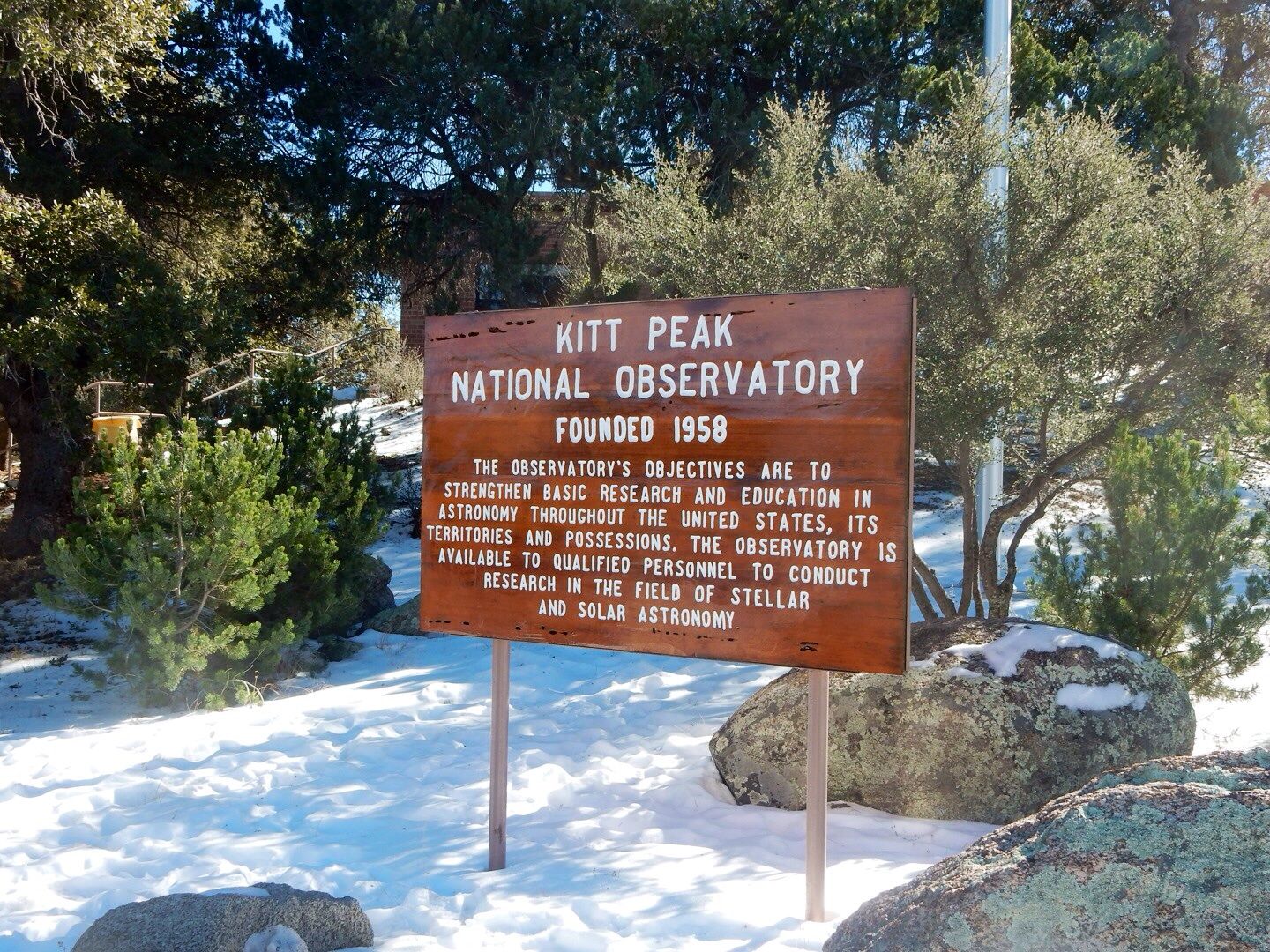
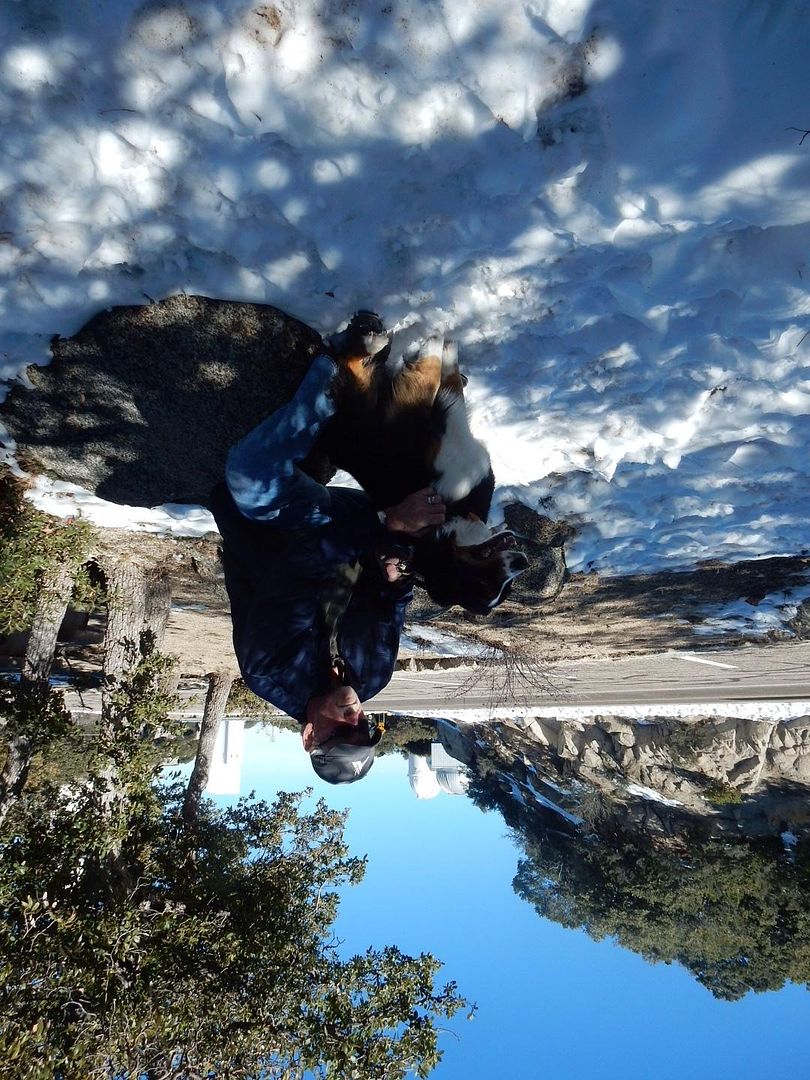
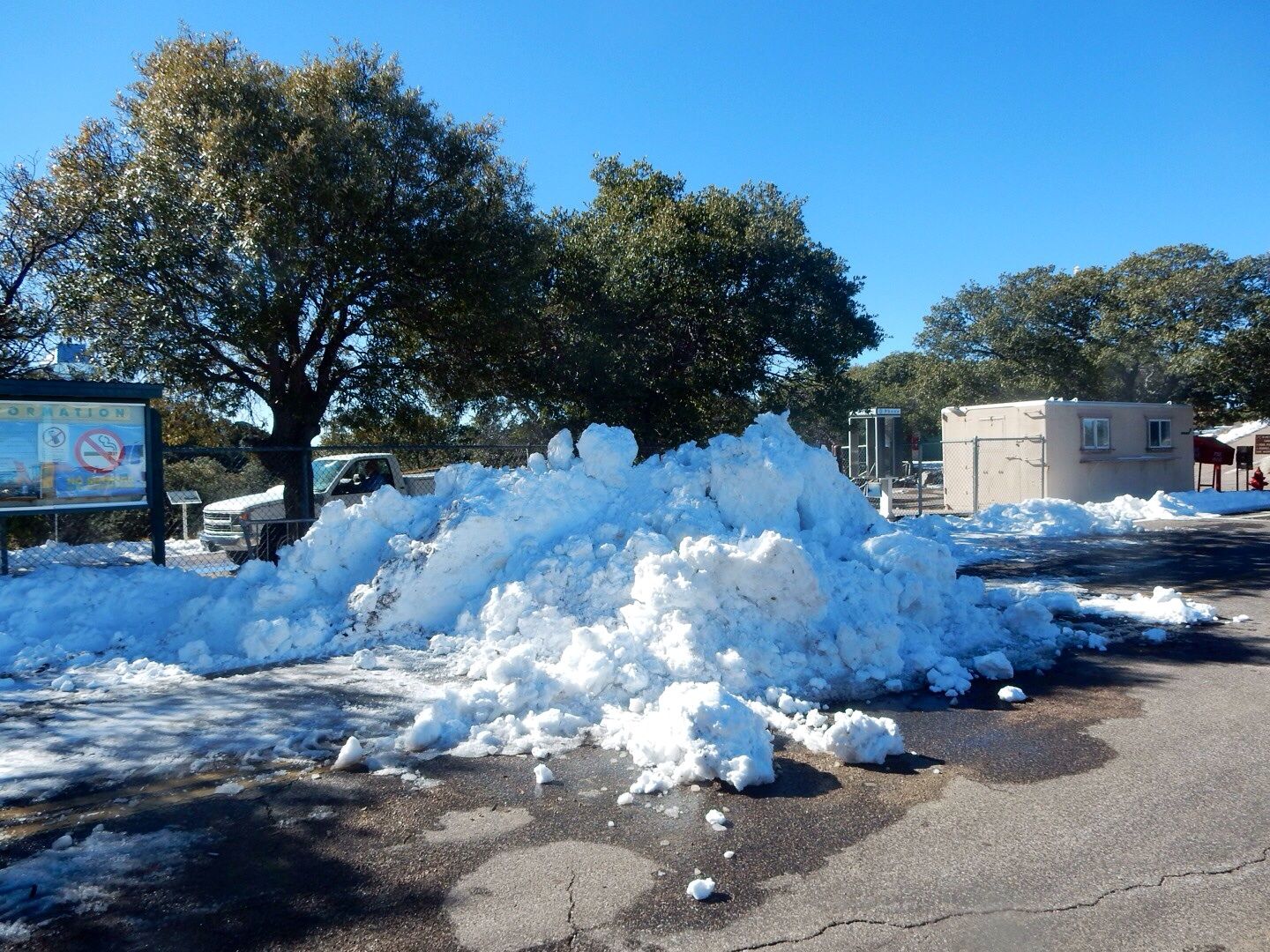

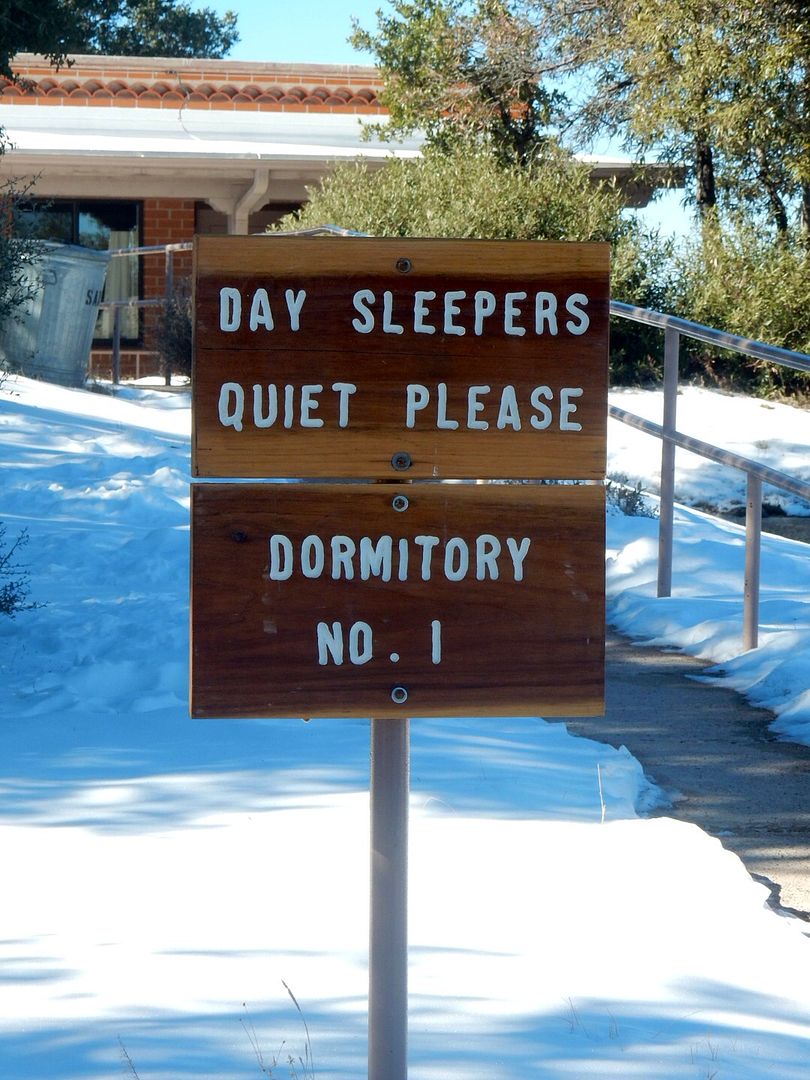
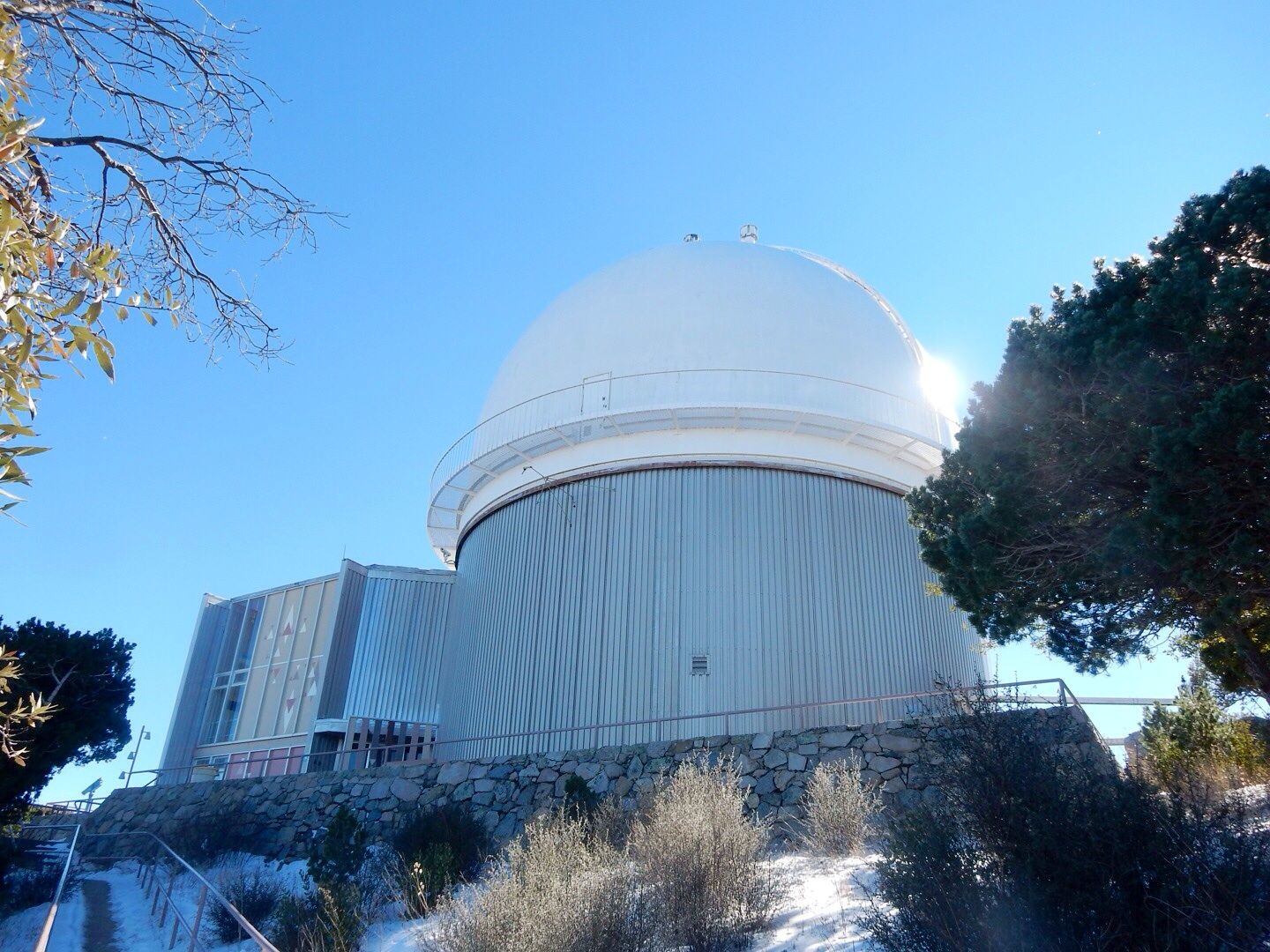



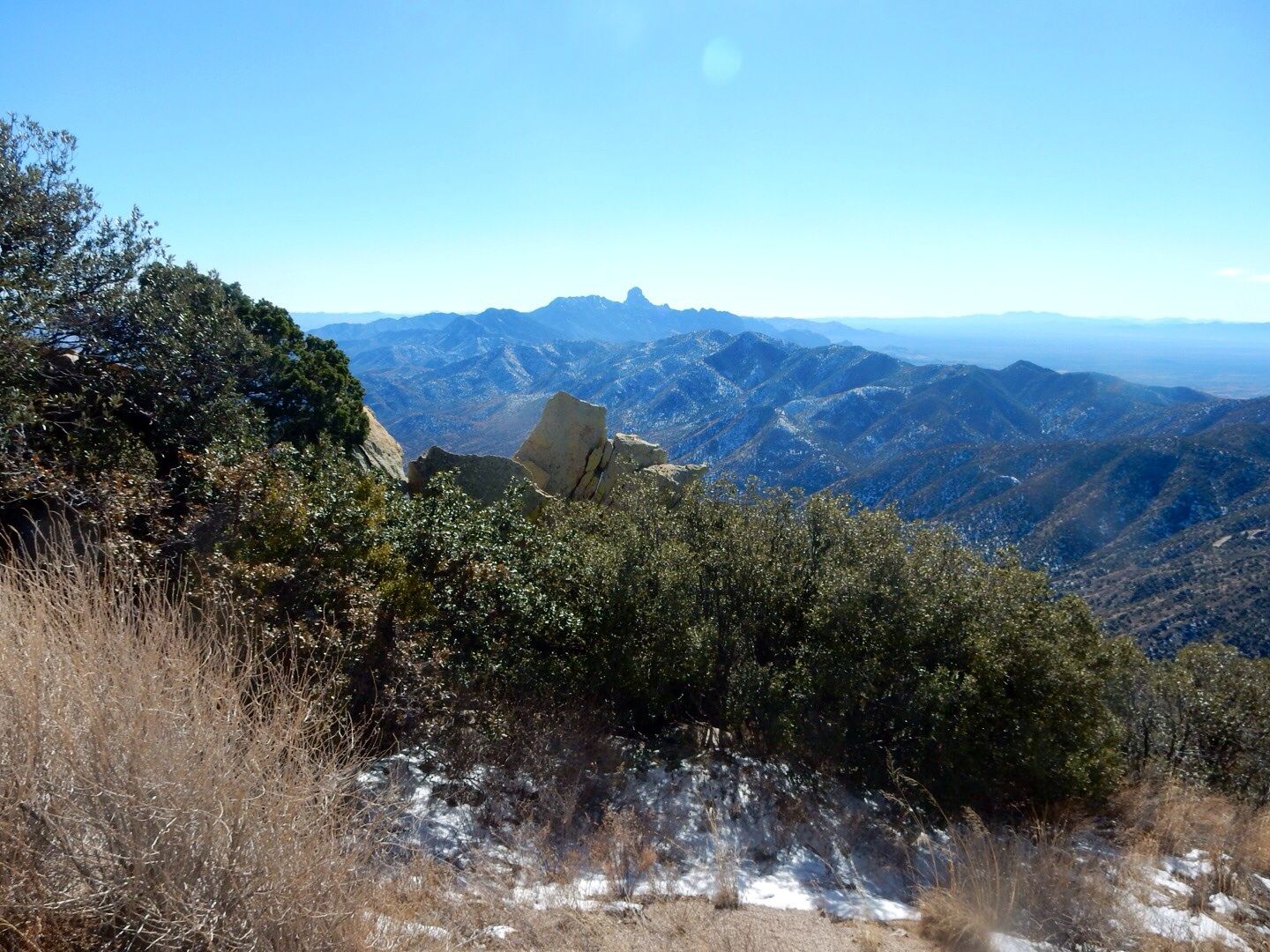
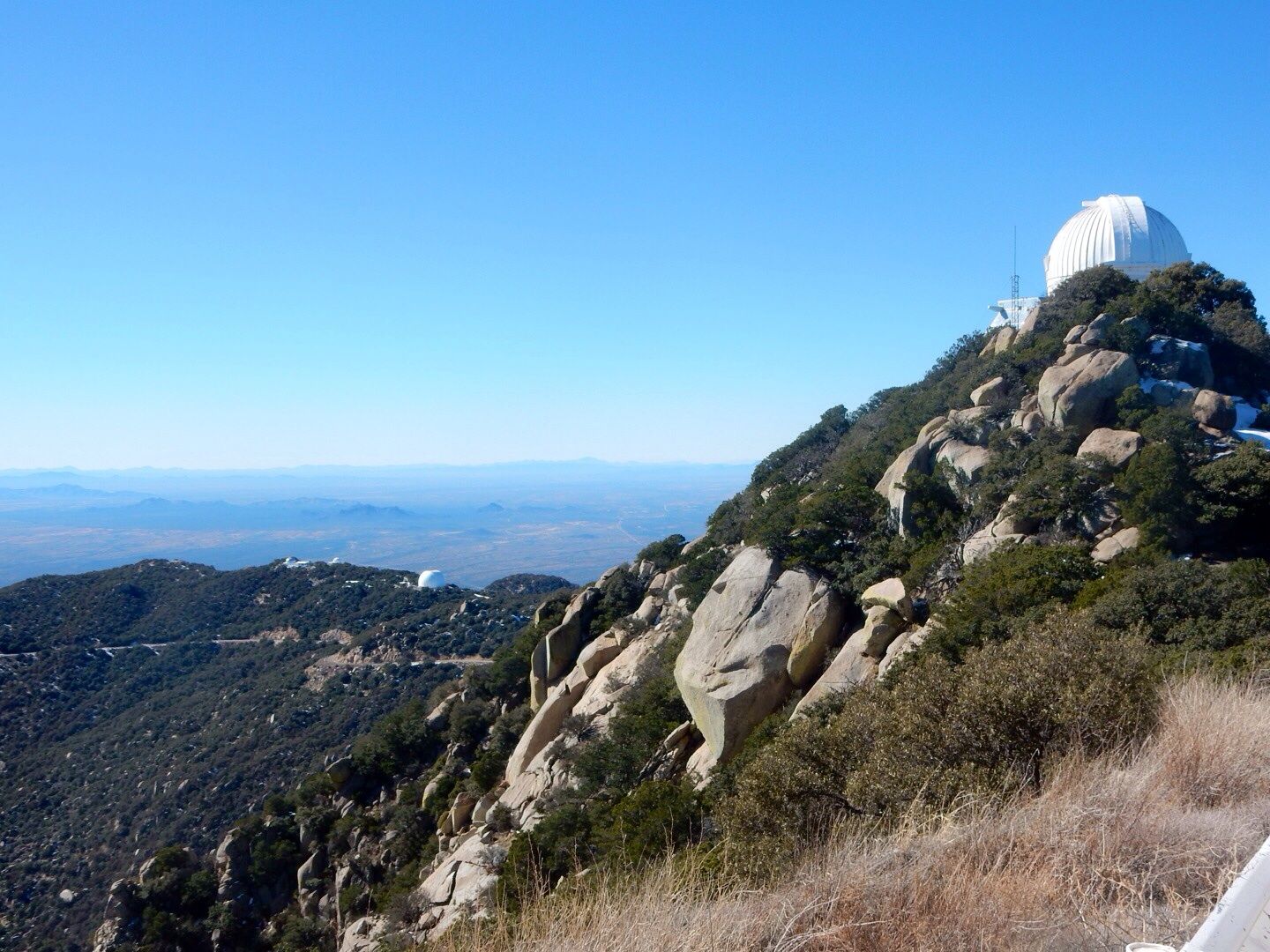

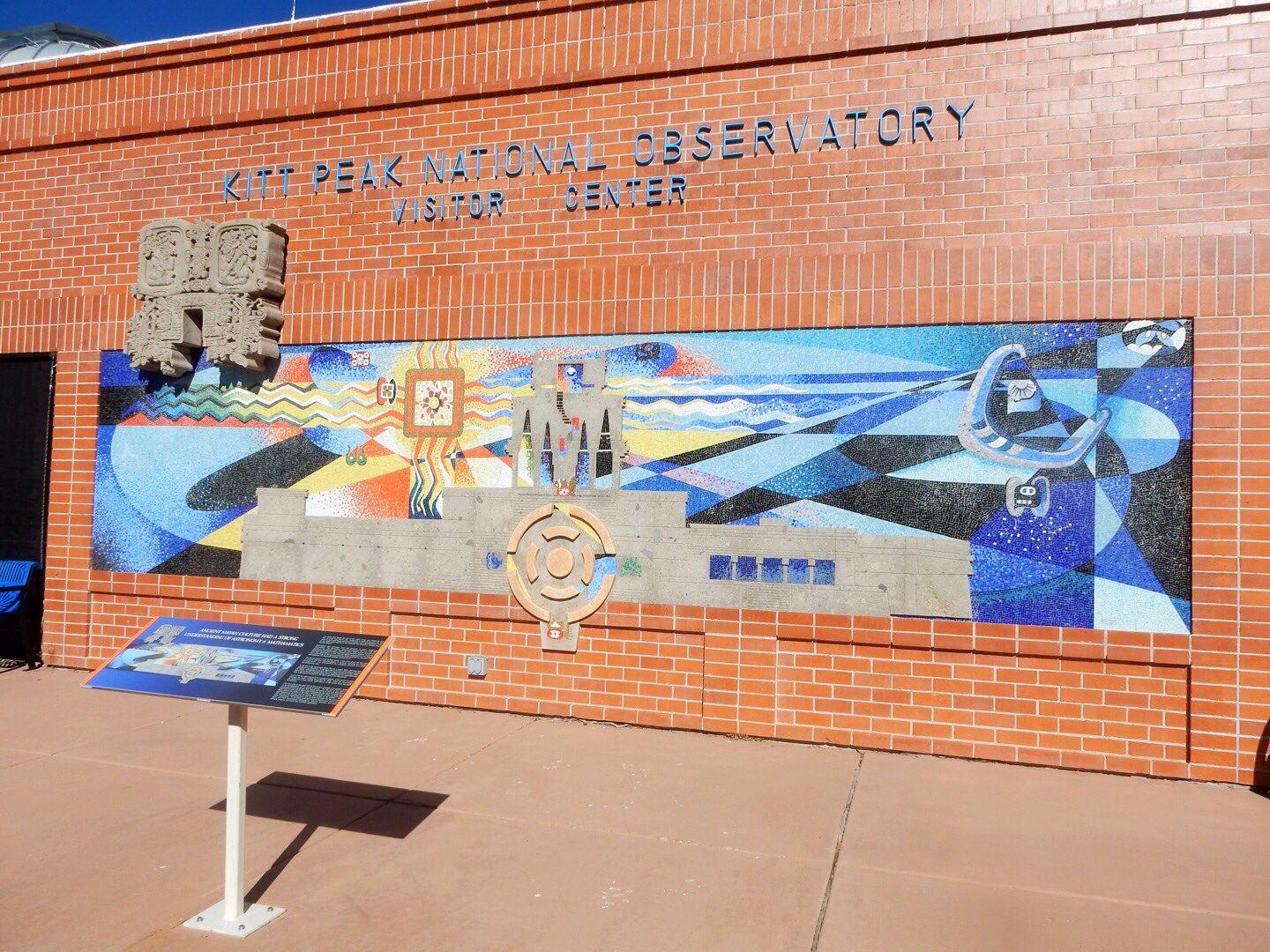



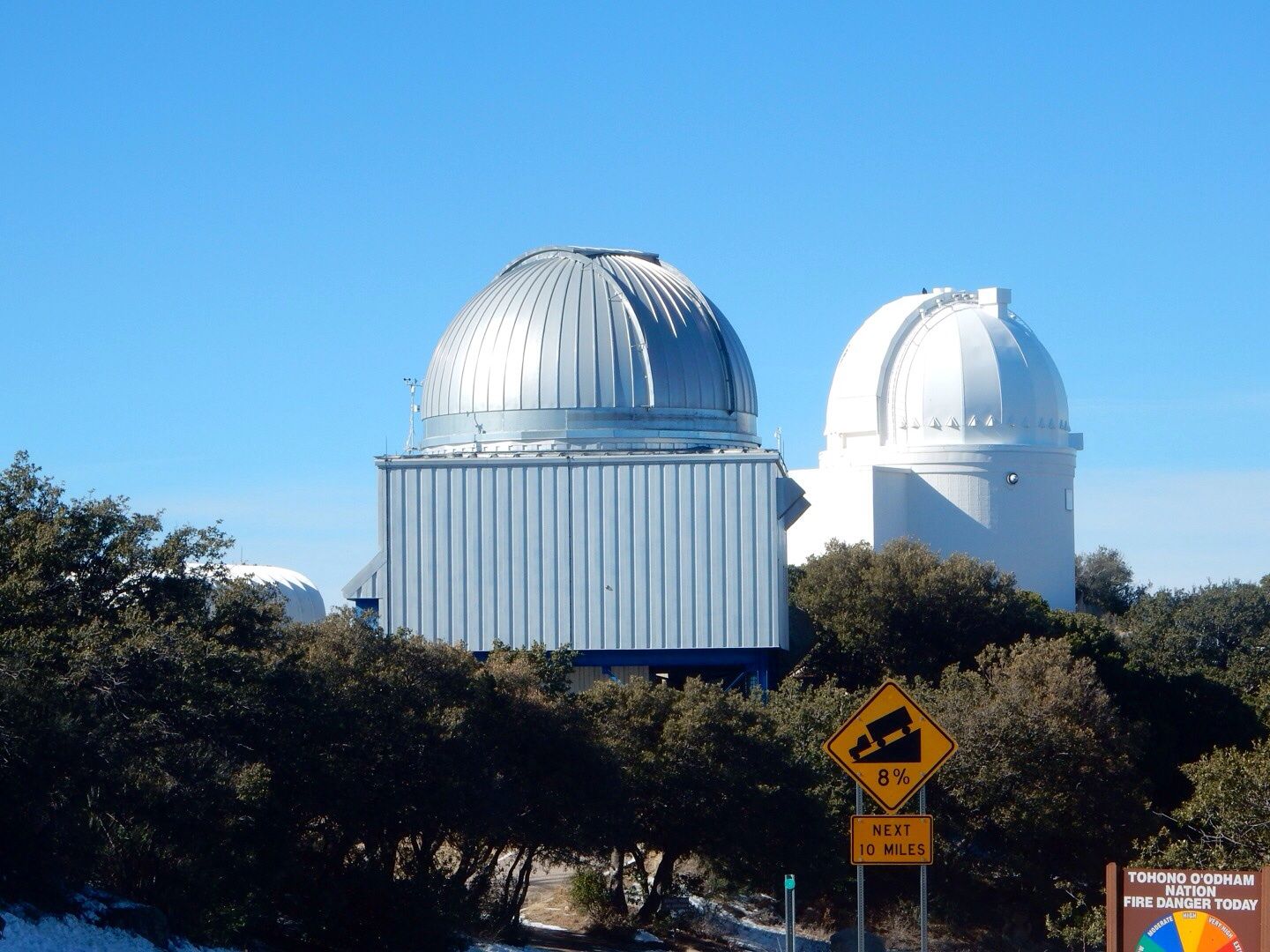
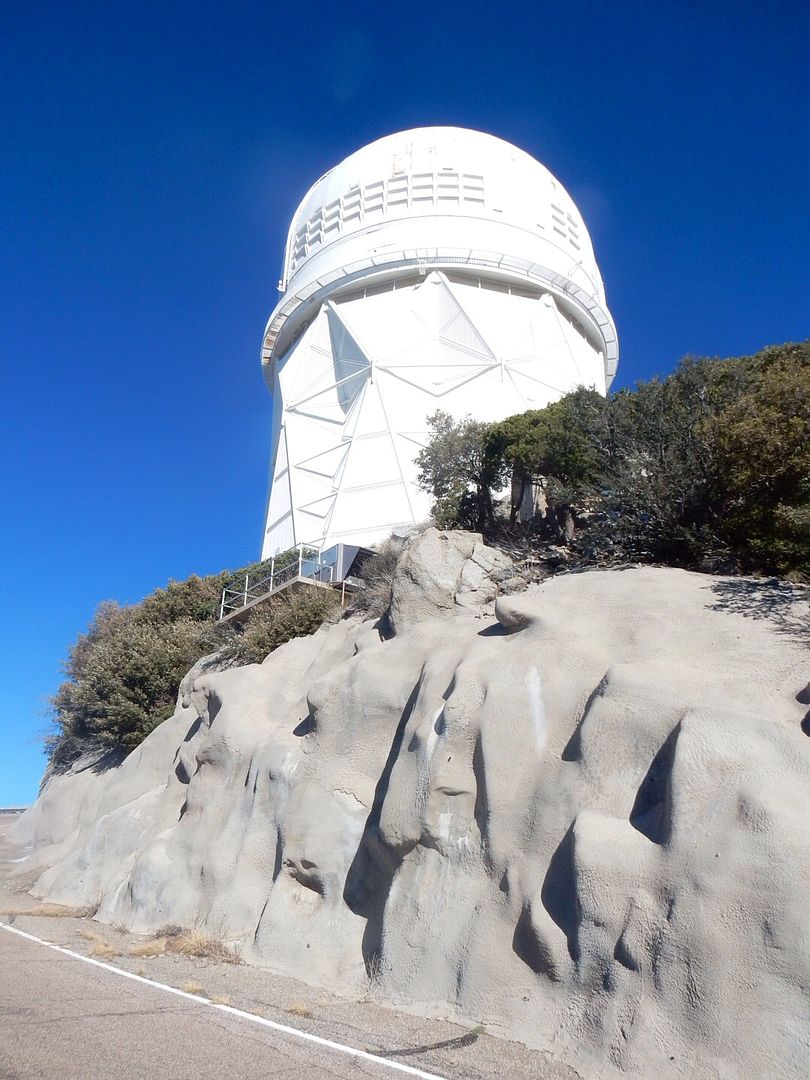
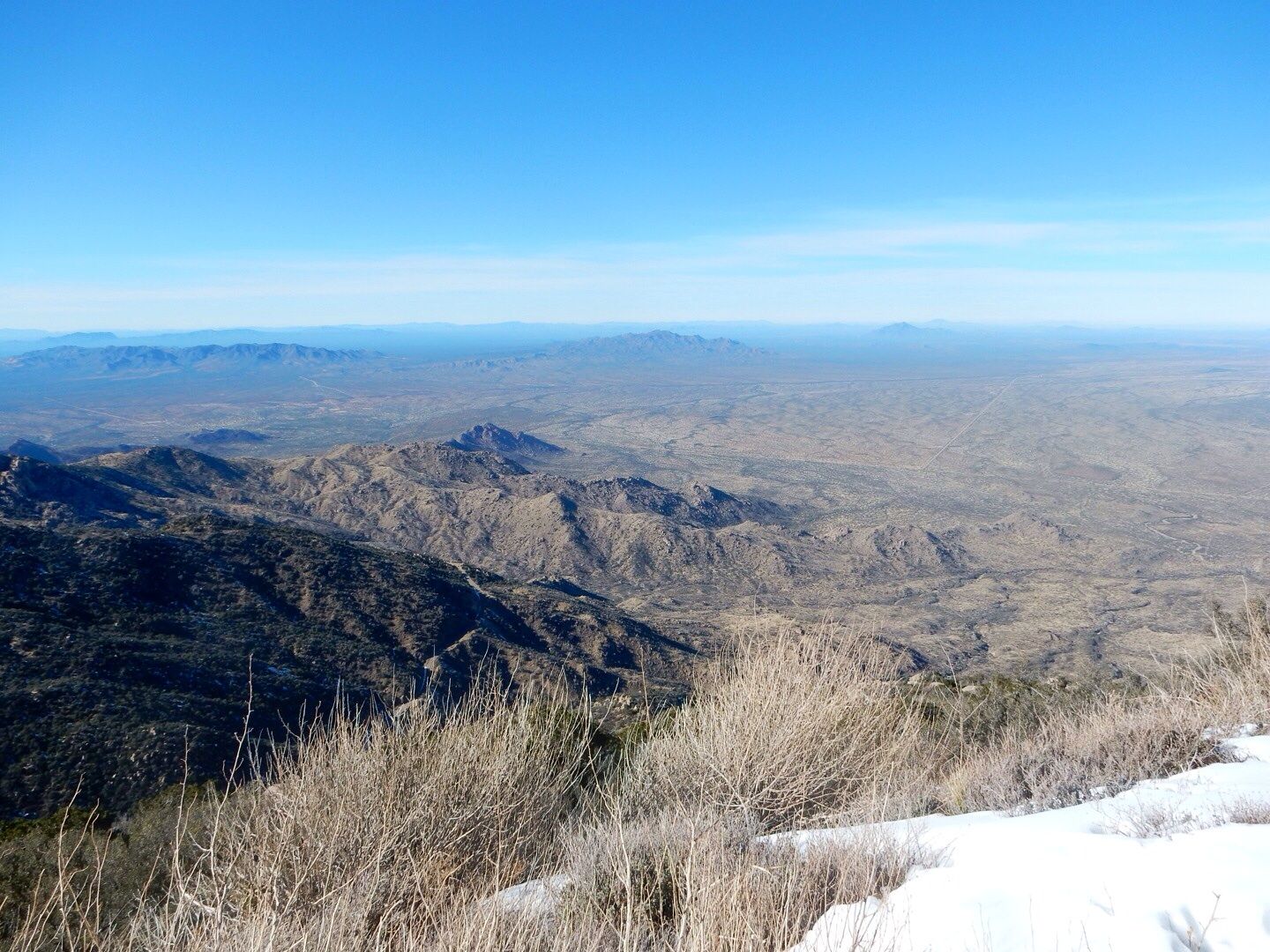
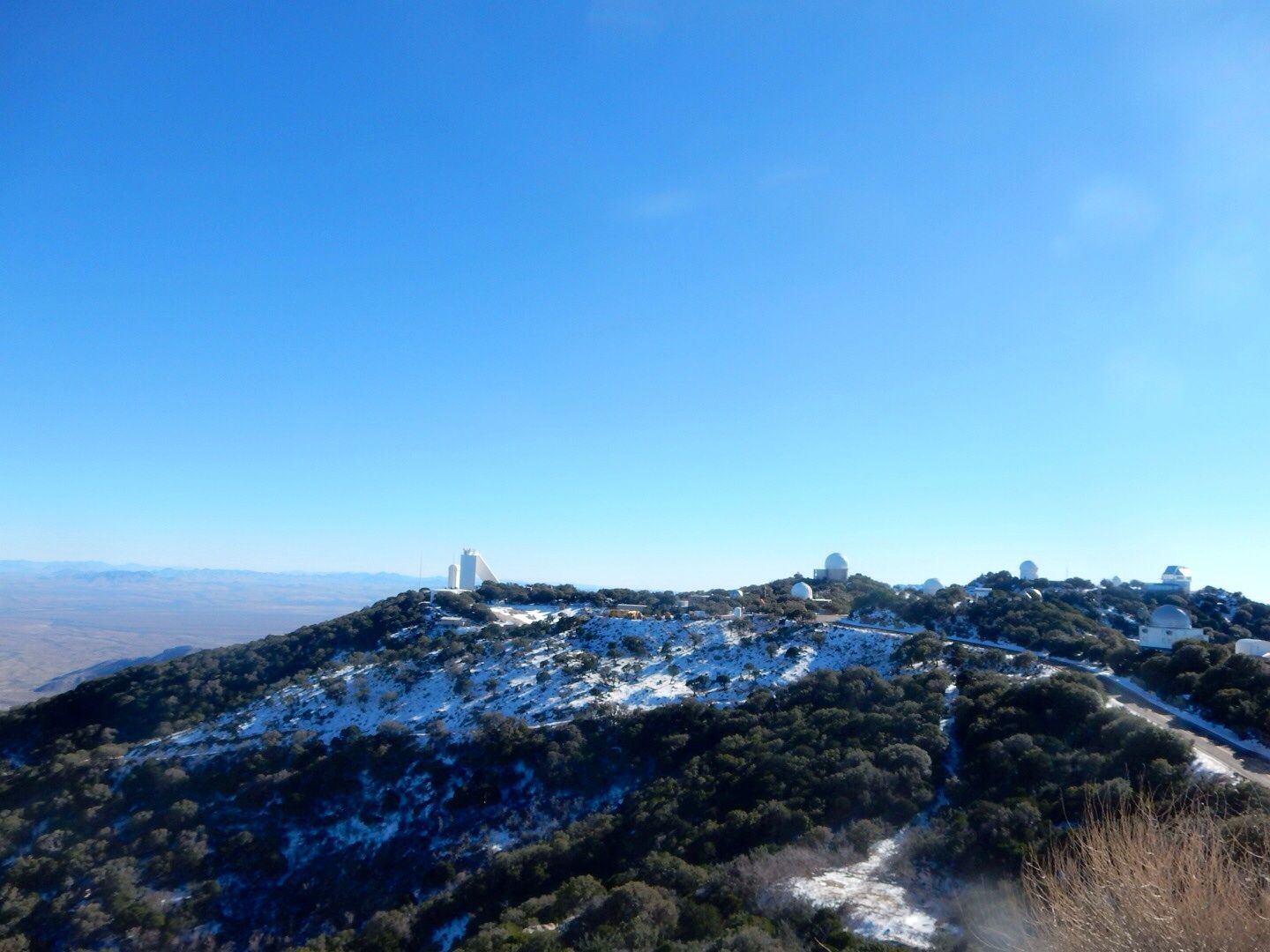


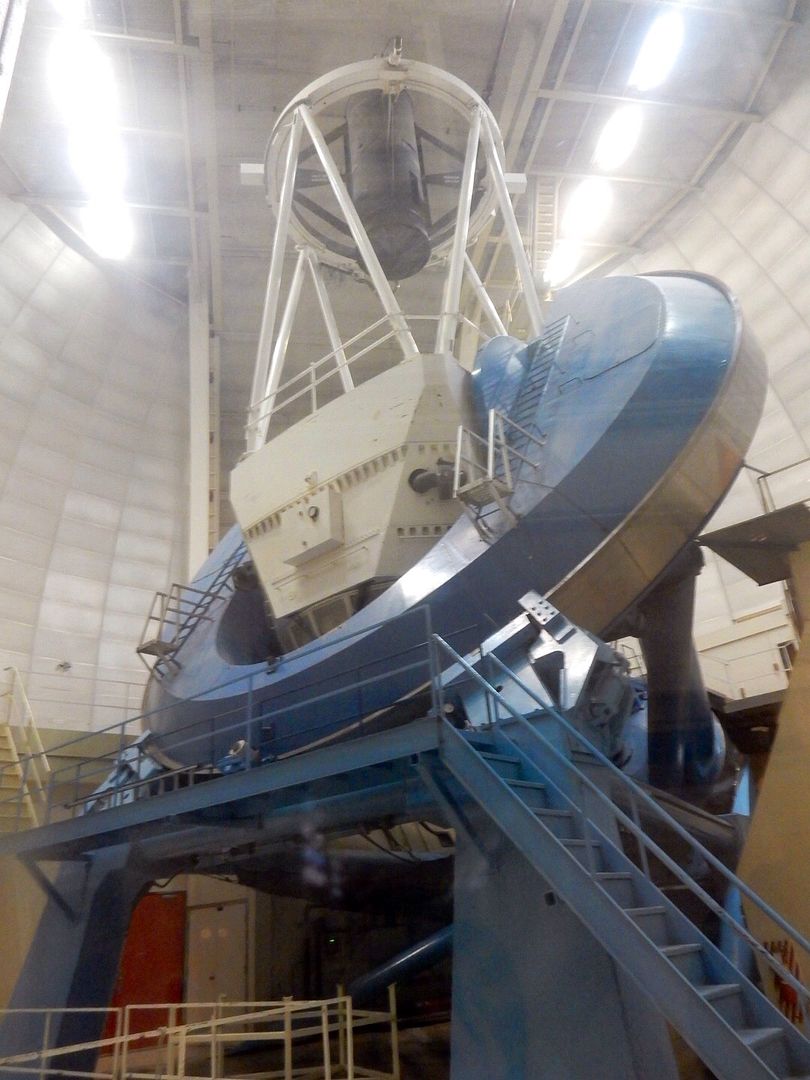
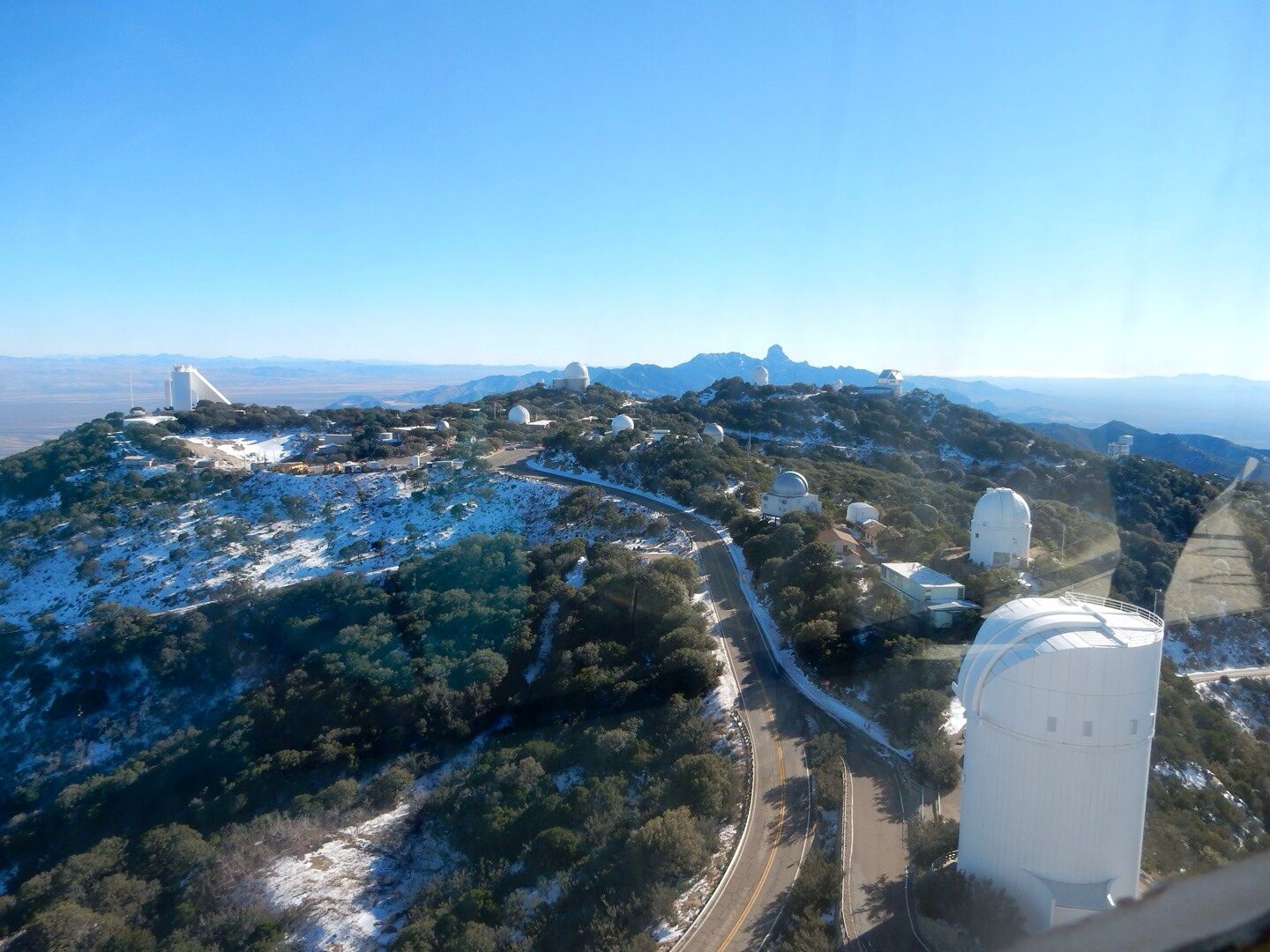
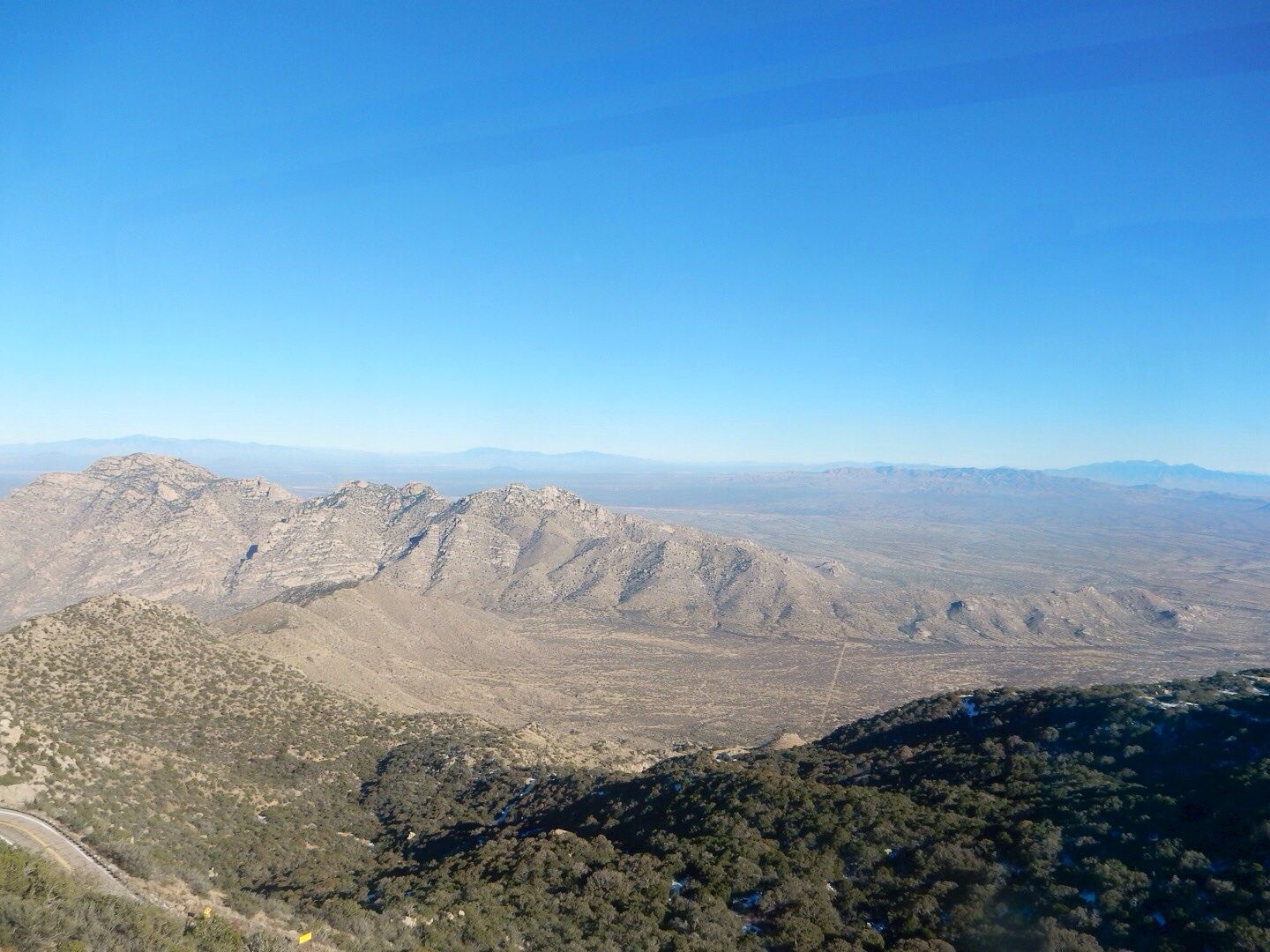
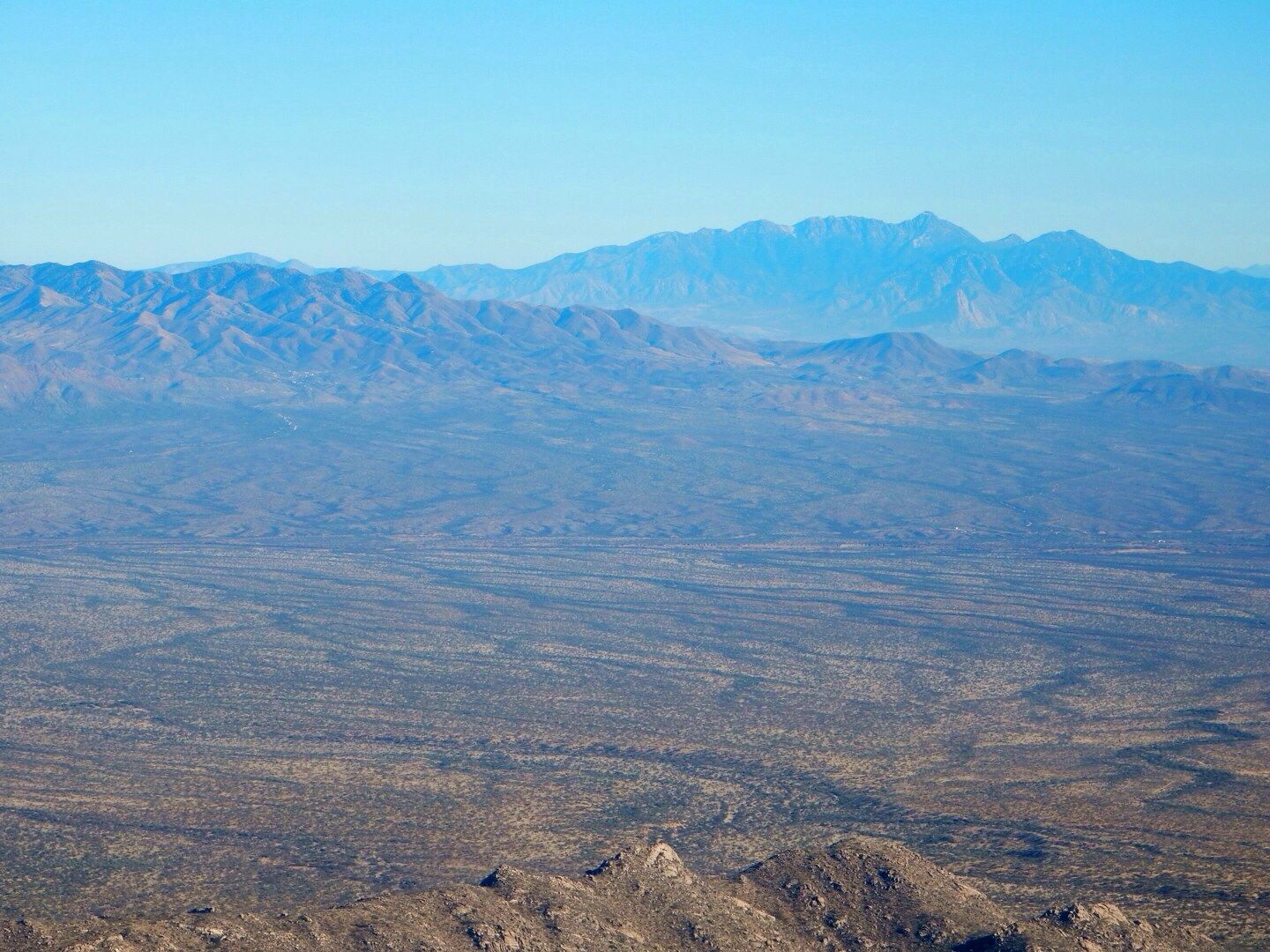
No comments:
Post a Comment